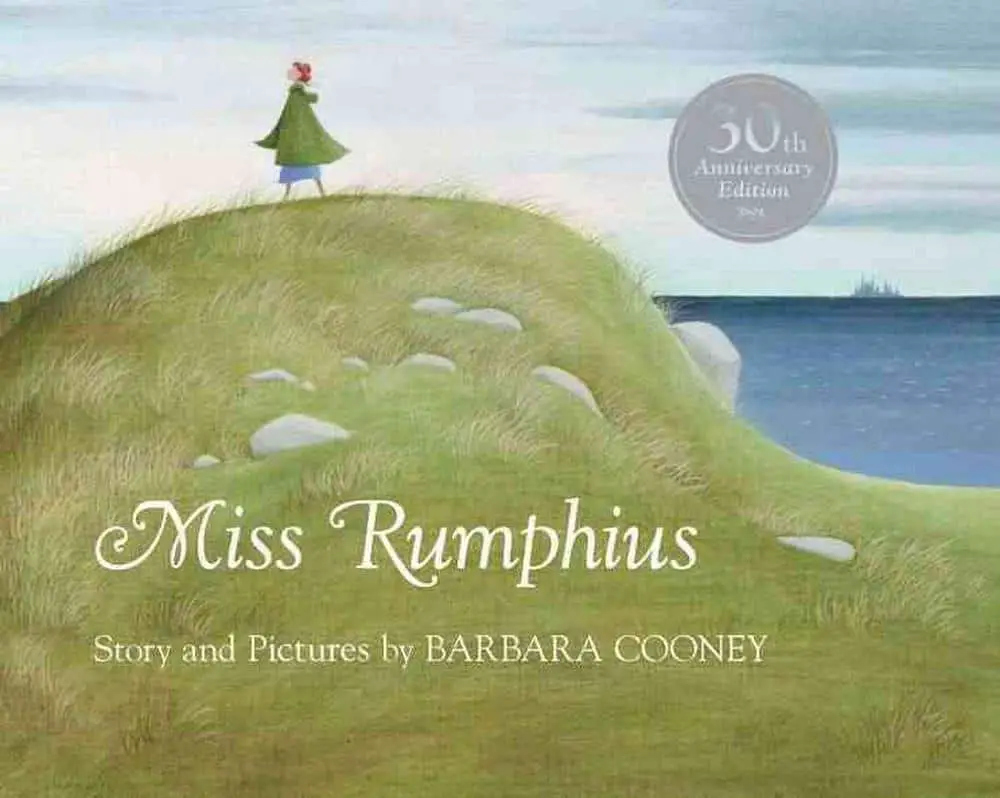-
Town Musicians Of Bremen Fairy Tale Analysis
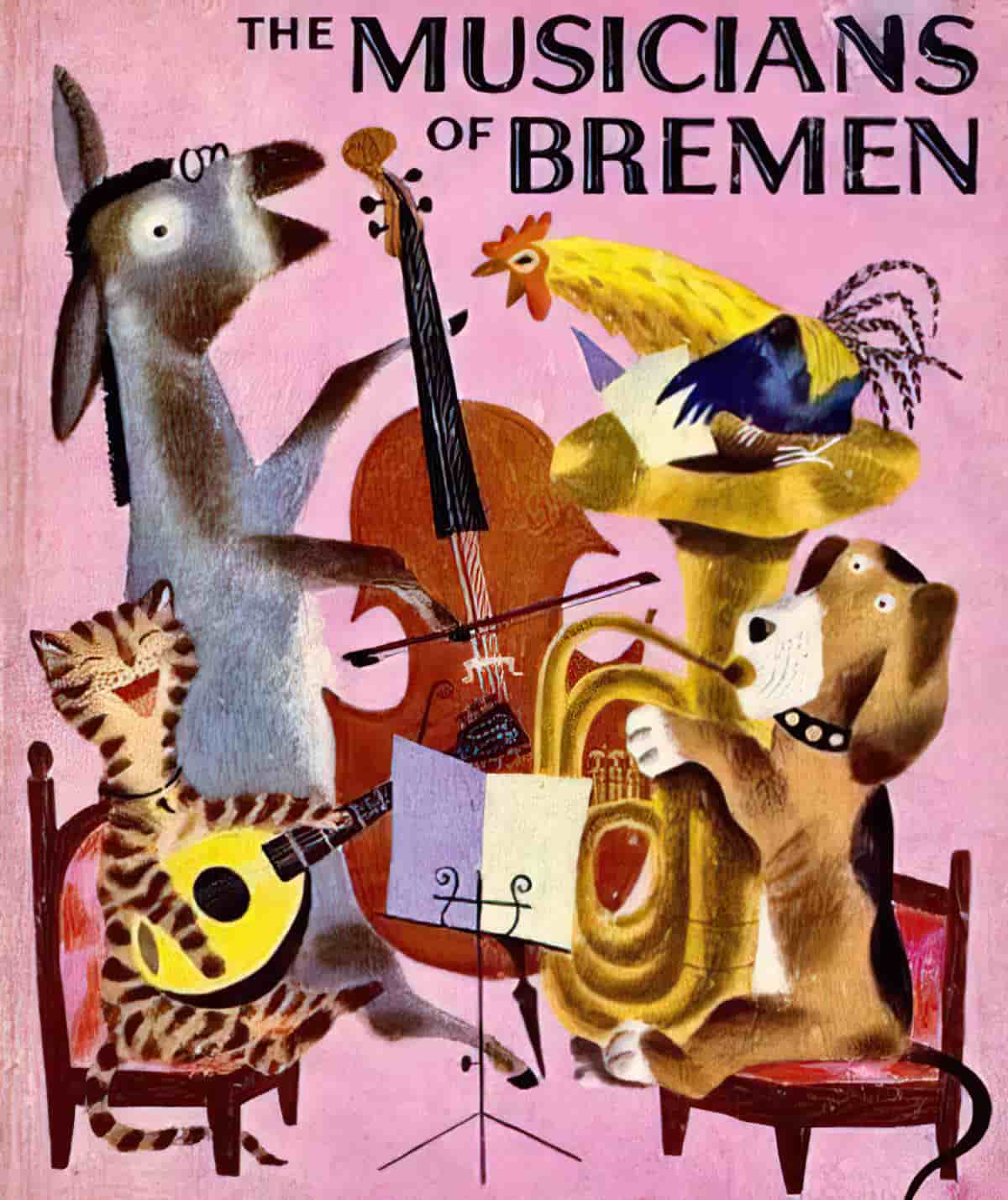
“The Town Musicians Of Bremen” is a German folktale. Its plot structure is so strong that many storytellers writing series for children borrow it.
-
Meal One by Cutler and Oxenbury Analysis
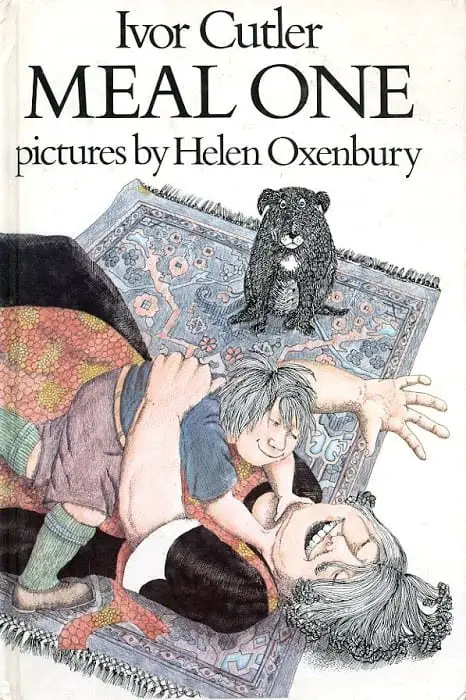
Meal One is a picture book written by Ivor Cutler, Illustrated by Helen Oxenbury, first published 1971.
-
Six Dinner Sid by Inga Moore (1993) Analysis
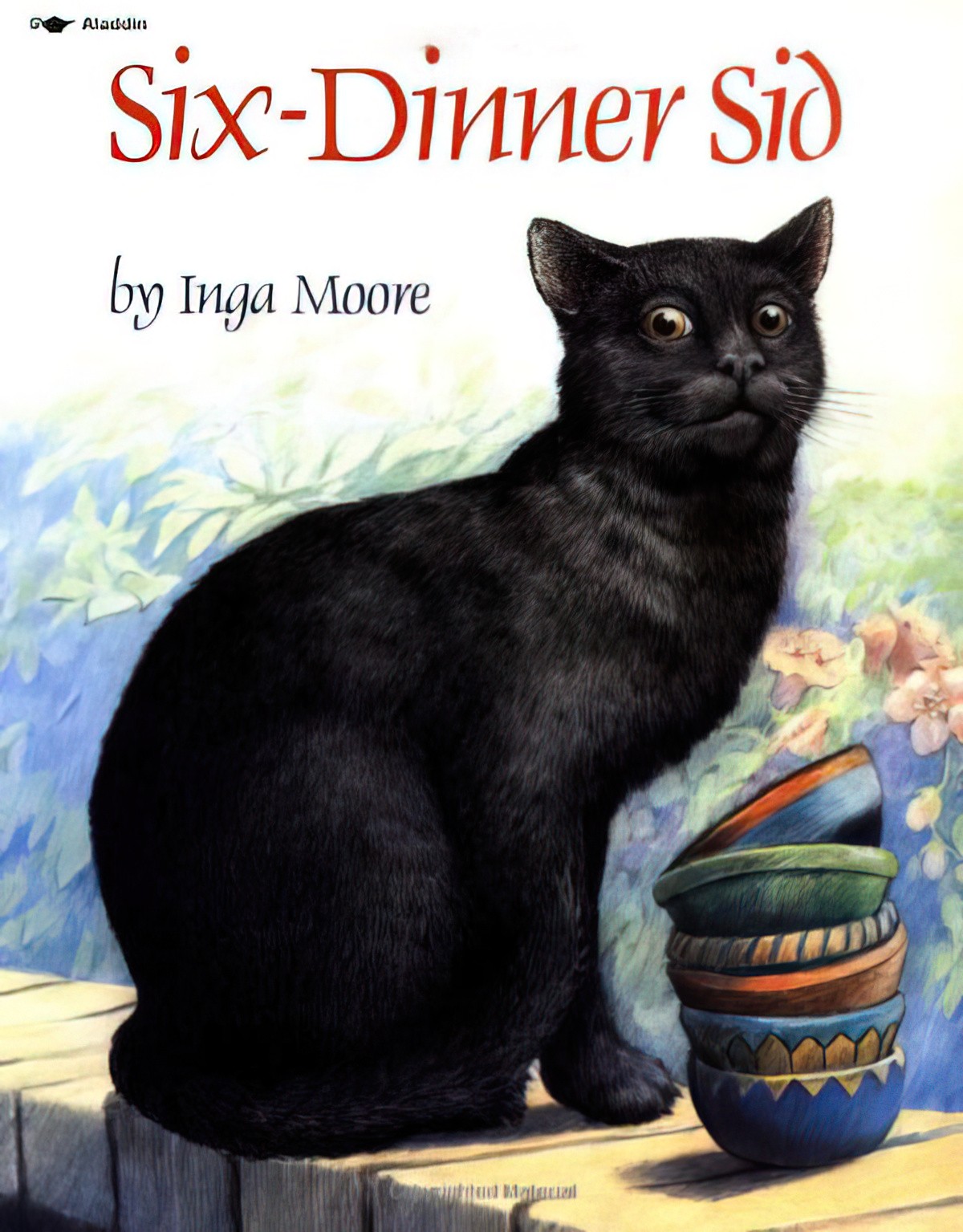
Six Dinner Sid is a 1993 picture book written and illustrated by Inga Moore.
-
Cannibalism in Storytelling
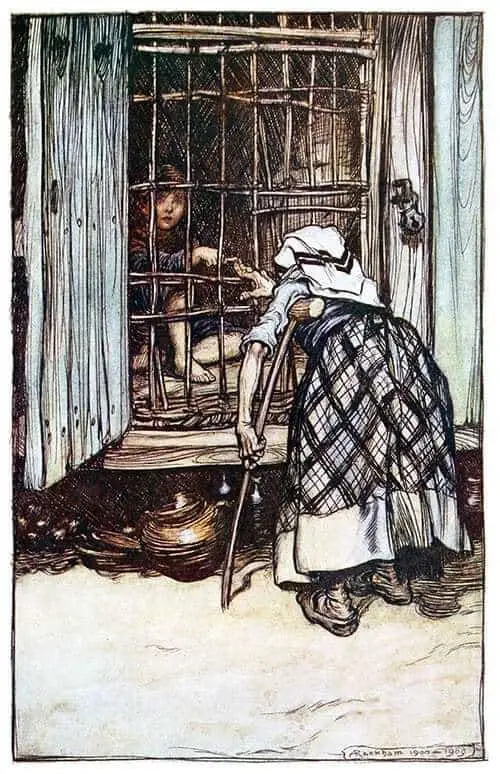
If you wanted to create a scary monster, the scariest ever, how would you go about it?
-
Emotion In Storytelling: Kindness and Pathos
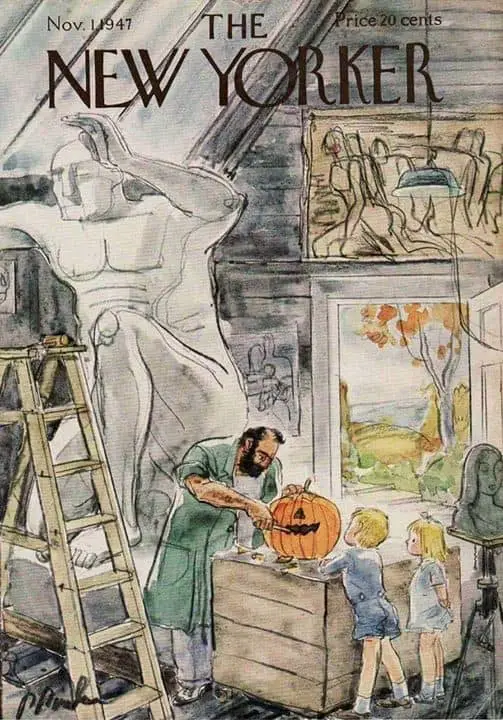
How does a storyteller create pathos in an audience? It’s not done by making a character sad. Nor is it done by simply killing a character off. Characters extending kindness to others is a far more reliable trick.
-
Jane Campion’s The Piano Film Study
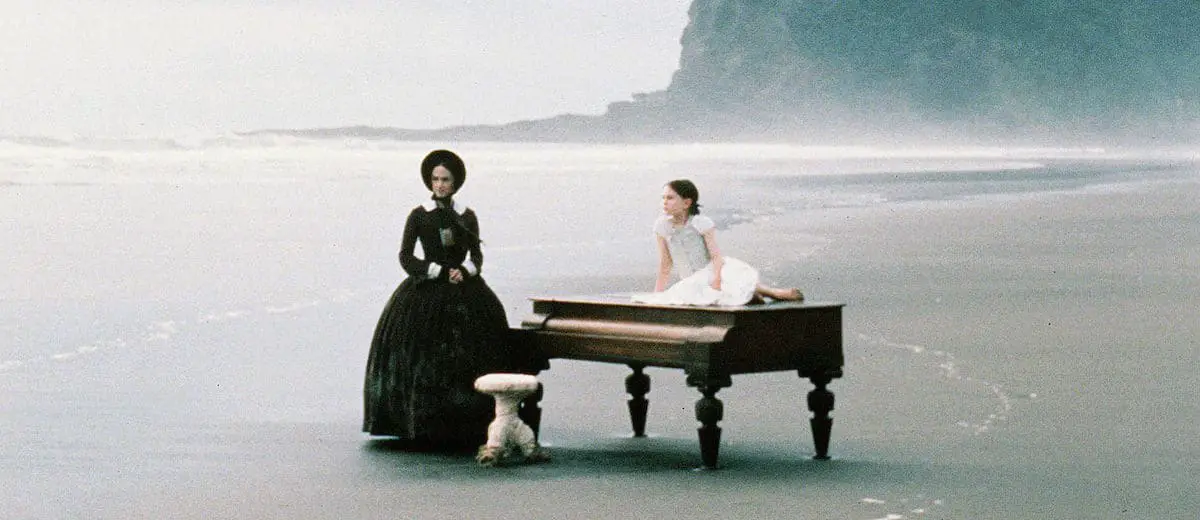
The Piano (1993) is a lyrical, fairytale film written and directed by Jane Campion, set and filmed in New Zealand near the beginning of white colonisation. SETTING OF THE PIANO Like many creative New Zealanders, Campion comes from Wellington. I don’t know why so much creativity comes out of the Wellington region, but I suspect…
-
Why Do Authors Leave Characters Unnamed?
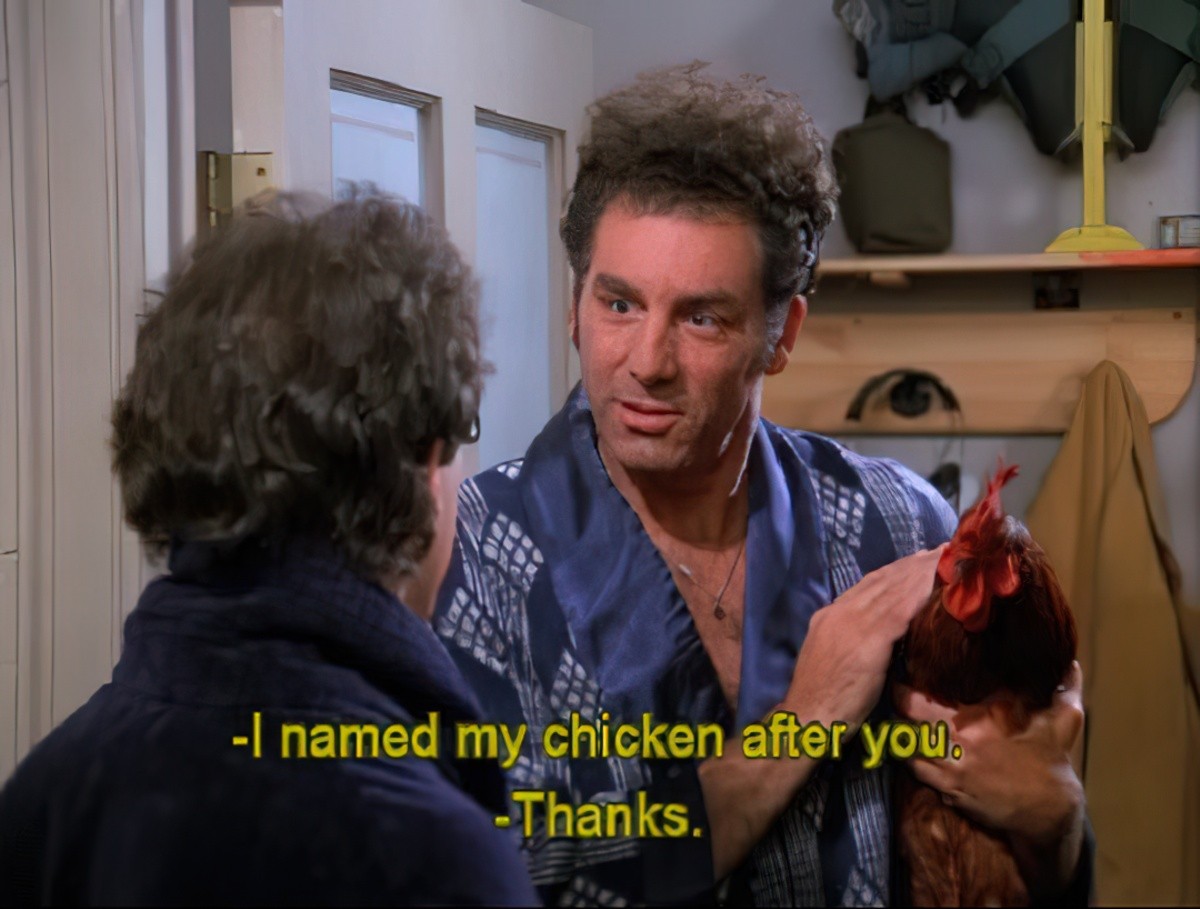
When telling a story, why might a writer choose not to name a character? If you’ve ever written an essay about a fictional work with an unnamed character you’ll realise it’s more hassle not to name a significant character than to just go ahead and call them something. Indeed there are reasons not to.
-
Man Bites Dog Humour
‘Man Bites Dog’ describes inversion humour. I’ve also seen ‘hat on a dog’ describing the same category of joke, in which the audience laughs because the usual way of things is back to front. MAN BITES DOG IN JOURNALISM Journalists also use ‘Man Bites Dog’ to describe stories that are popular because they intrigue via…
-
Chinoiseries and Picture Books Analysis
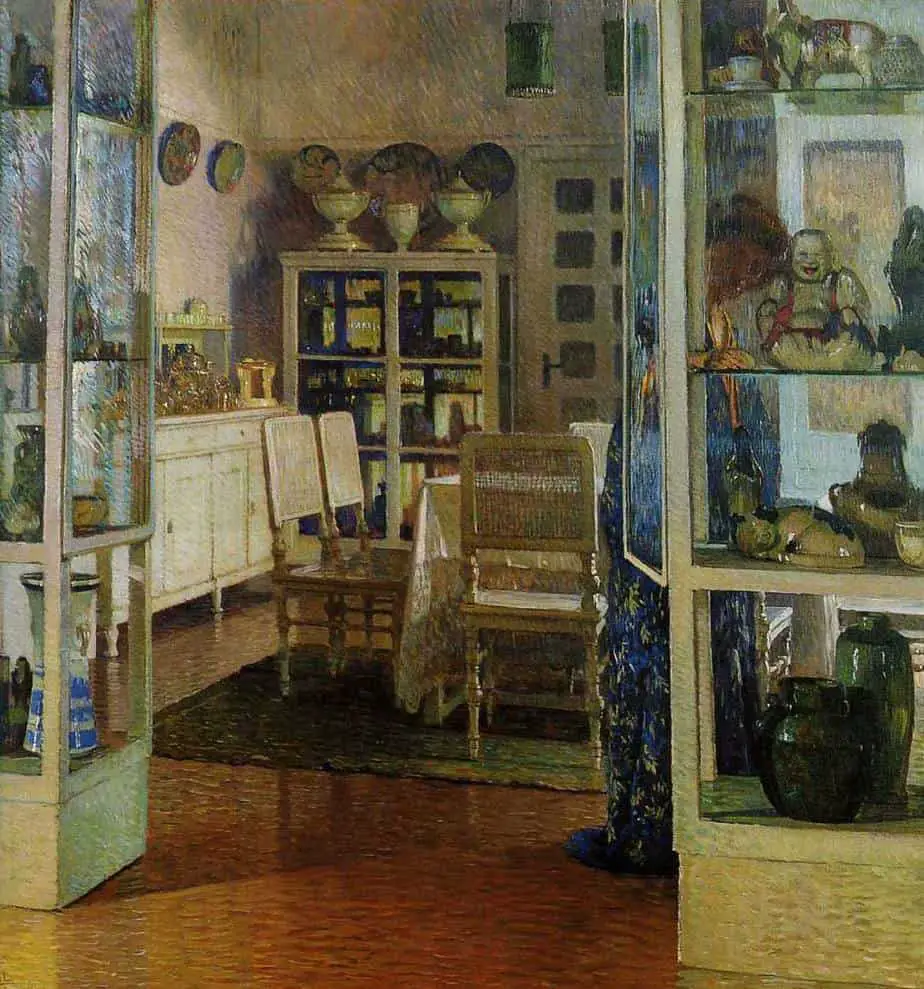
Illustrators of fairy tales frequently choose styles that evoke the periods of history not particularly related to the tales but that they perceive to share the values they find in the tales. Perry Nodelman, Words About Pictures Children’s picture books draw from a great number of traditions. One of those is ‘chinoiseries’, a European mimicry…
-
Bread and Jam for Frances by Russell and Lillian Hoban Analysis
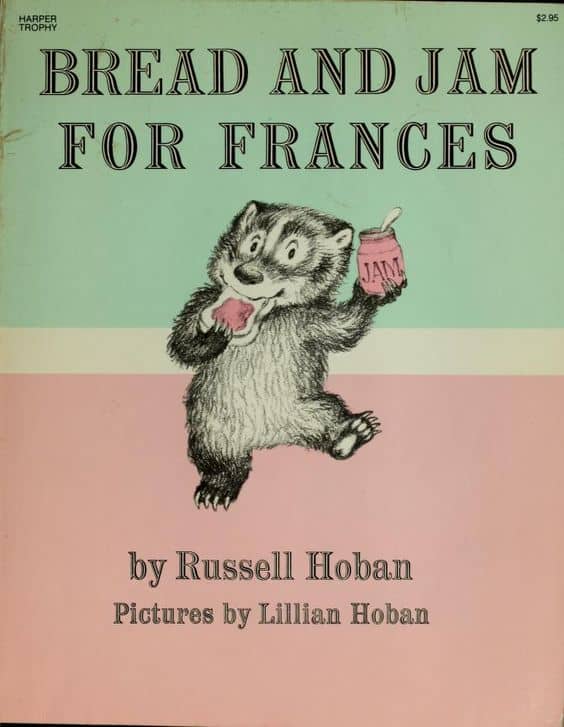
Bread and Jam for Frances is a picture book written by Russell Hoban, illustrated by Lillian Hoban, first published in 1964 as a part of a series about a girl in the body of a badger, who lives in a middle class house and has access to all the spoils you’d expect of 1960s middle…
-
The Children Stay by Alice Munro Short Story Analysis

“The Children Stay” is a short story by Alice Munro, published in the collection The Love Of A Good Woman (1998). It’s very difficult to write empathetically about women who leave their husbands and children for another man, especially when it’s purely lust driven rather than depicted as ‘pure love’. This is because mothers are…
-
Goethe and Angela Carter’s Erl-king Short Story Analysis

“The Erl-King” is a short story by Angela Carter based on an old ballad by Goethe, one of the most famous ballads ever told. Carter’s re-visioning doesn’t use the plot from Goethe’s ballad, but borrows some of the atmosphere. Carter inverts the gaze and turns it into something new. As you might expect from Angela…
-
Cutaway Houses In Picture Books
Cutaway illustrations are described by engineers and architects as ‘sectional axonometric’ drawings. They exist to show the viewer the inside of an object, with emphasis on its parts. In picture books for children, the cutaway illustration is quite often educational in its intent, for example to show the reader the inside of an object of…
-
Chimneys In Art And Storytelling
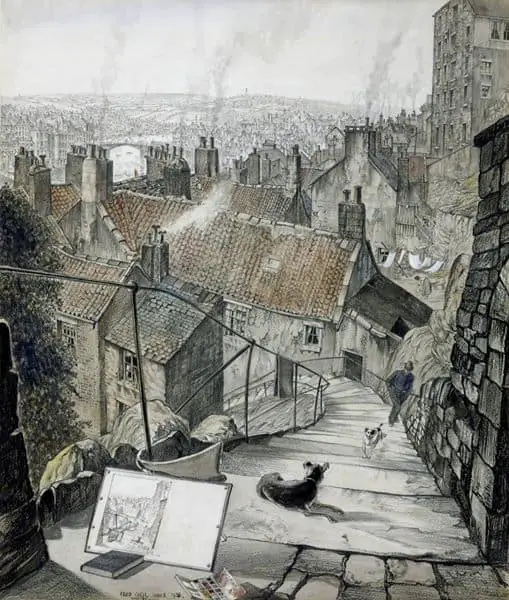
The chimney is a multivalent symbol in storytelling. Chimneys can be cosy and welcoming. A column of smoke rose thin and straight from the cabin chimney. The smoke was blue where it left the red of the clay. It trailed into the blue of the April sky and was no longer blue but gray. The…
